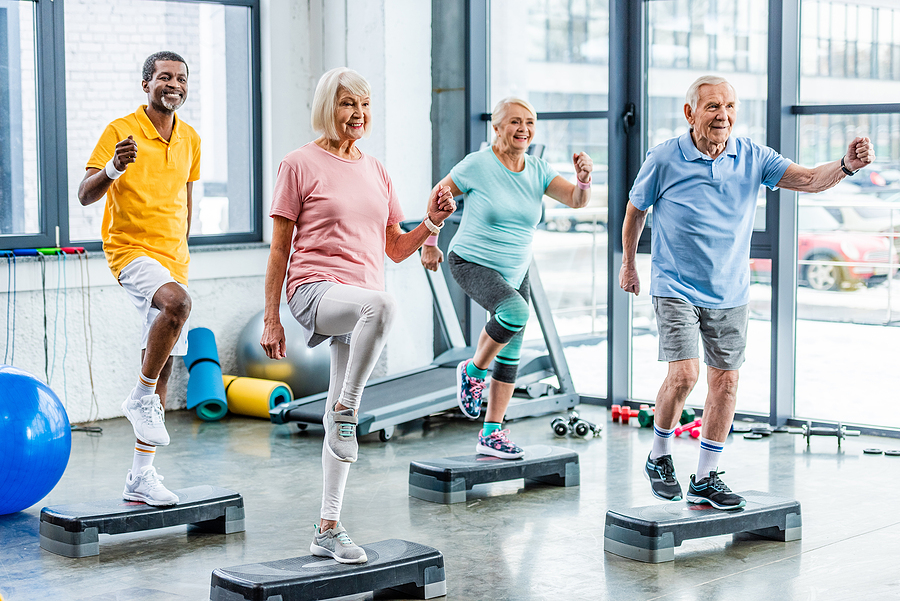The beginning of a new year is often the time people resolve to establish and maintain a healthier lifestyle. Being active and getting exercise regularly are good for everyone’s overall health and well-being, but this routine is even more important to maintain as we age.
Exercise increases strength and flexibility, thereby lowering your risk for injury. According to NIHSeniorHealth.gov (a joint venture of the National Institute on Aging and the National Library of Medicine), being active can be beneficial for people with arthritis, heart disease, high blood pressure, diabetes, balance problems or difficulty walking. It can also help protect your body against chronic diseases and boost your spirits. In addition, preliminary studies show physical activity may help reduce the risk for Alzheimer’s disease and dementia.
In contrast, being inactive leads to muscle loss and a higher risk for falls and injury. A lack of exercise and physical activity can also reduce your ability to perform daily tasks on your own, and reduce level of your independence.
>> Related: Fore!: Why Sports Like Golf Might Prolong Seniors’ Lives
Getting started with exercise
So make a plan to get moving! Before starting any exercise regimen, consult with your doctor to determine what type of activity—and how much—is best for you. Then consider the National Institute on Aging’s suggestion to incorporate these four types of exercise into your lifestyle:
· Endurance/aerobic activities to increase your breathing and heart rate (e.g., brisk walking, jogging, dancing, swimming, biking, etc.)
· Strength-building for your muscles
· Balance exercises to help prevent falls
· Flexibility exercises to stretch your muscles and help keep your body limber
Here’s to a happier, healthier you in 2015!






